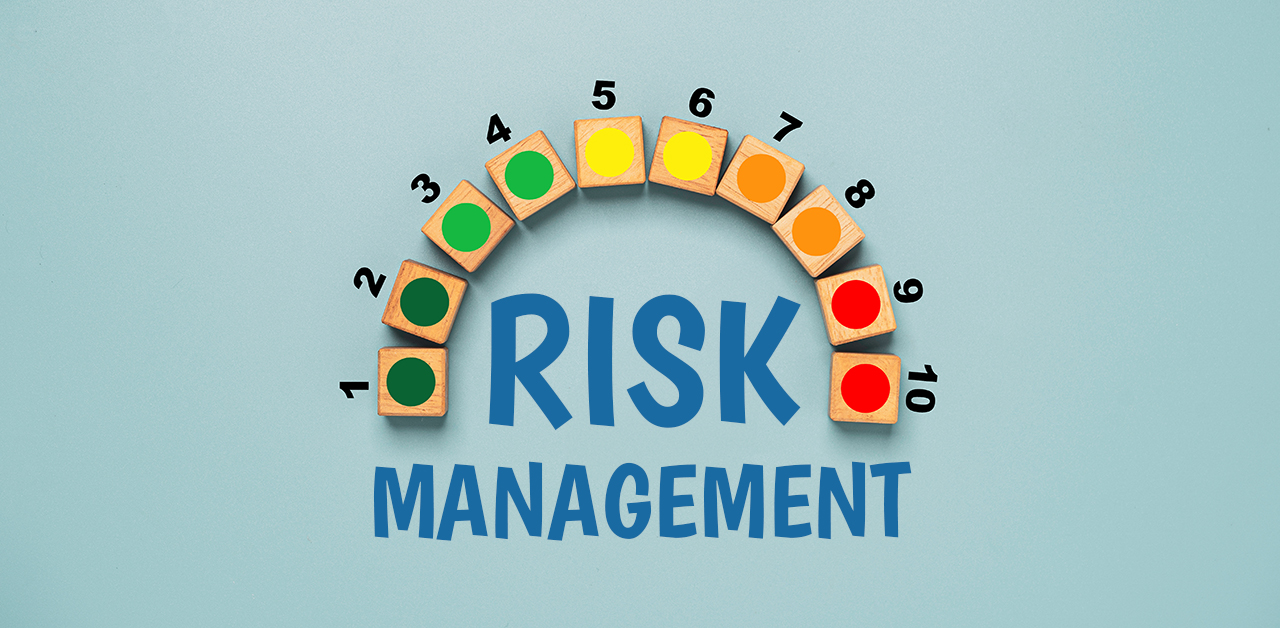- BAROMETERS Barometers are instruments used to measure atmospheric pressures. Antique barometers contain about 4 ounces of mercury on average.
- CLOCKS Clocks with pendulums may contain mercury; the mercury in the pendulum was used to keep it swinging at a steady rate.
- MIRRORS A reflecting layer of mercury was added to the glass.
- SOME BUTTON CELL BATTERIES Mercury in button cell batteries is used to prevent a buildup of gas inside the battery, which can cause them to leak.
- RELAYS AND SWITCHES Switches open or close electrical circuits and relays are electrically operated switches. Minnesota now has restrictions on the sale and/or distribution of switches and relays containing mercury, and many companies have stopped manufacturing switches and relays with mercury.
- OLD CLOTHES IRONS Mercury tilt switches were often used as on/off switches.
- LCD MONITORS, LAPTOP LCD MONITORS Mercury in the screen is electrically energized, which produces visible light.
- LIGHT-UP SHOES According to the EPA, mercury-containing light-up shoes are no longer sold.
- FLUORESCENT BULBS, COMPACT FLUORESCENT LIGHT BULBS (CLF’s) Mercury in the bulbs is electrically energized, which produces visible light. The US Environmental Protection Agency has this helpful webpage with instructions for what to do if a CFL breaks:http://www.epa.gov/cfl/cflcleanup.html
- OLDER ELECTRIC APPLIANCES: Some washing machine lids, chest freezers, space heaters, and clothes dryers used to be produced with mercury tilt switches, which functioned as on/off switches.
Effective ITAD strategies for Data Centers
In the ever-evolving landscape of data management, businesses frequently encounter the need to retire their data center hardware. Such scenarios often arise when companies decide to shut down all or part of a data center operation. The process of decommissioning a data center is riddled with logistical intricacies, and among these, planning for the disposition of retired assets stands out as a crucial aspect. The dismantling of data center equipment without a well-thought-out strategy for reuse, remarketing, or secure disposal can lead to a host of problems.


